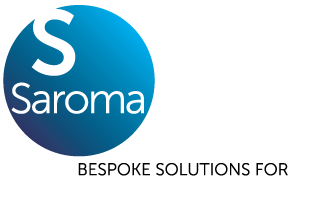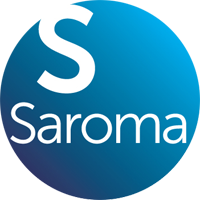
18 Jun Thinking of Buying a Dental Practice?
If you’re starting your journey to purchase a dental practice, one of the first questions that might come to mind is:
“What’s the maximum loan-to-value (LTV) I can get?”
It’s a great question – and a vital one to ask early.
While some lenders may offer up to 90% LTV on the practice goodwill for first-time buyers, borrowing will only be approved if the practice’s income and profits can comfortably support the required loan repayments and the Applicant’s drawing requirements.
That’s why it’s so important to dig deeper than just headline figures – and understand how lenders assess affordability and risk.
Understanding Reworked Profit & EBITDA
When reviewing a dental practice’s finances, lenders don’t rely solely on the net profit reported in the financial accounts. Instead, they focus on EBITDA – Earnings Before Interest, Tax, Depreciation, and Amortisation – often adjusted to reflect the real, recurring profitability of the practice.
An adjusted net profit figure, sometimes called reworked profit, helps paint a more accurate picture of how much the practice is truly earning by excluding one-off or discretionary expenses that won’t apply under new ownership and items that are posted purely for accounting purposes.
Typical Add-Backs Include:
- Depreciation and amortisation (non-cash expenses)
- Personal expenses paid through the business (e.g., car costs, travel)
- Non-essential salaries (e.g., wages paid to family members)
- One-off legal, consultancy or set-up fees
These add-backs are crucial in demonstrating to a lender that the practice can generate enough cash to cover loan repayments, your drawings, and other operational needs.
Example: Add-Backs for a Dental Practice
| Description | Amount (£) | Explanation |
| Net Profit (from accounts) | £85,000 | Reported profit before any adjustments |
| + Depreciation | £6,000 | Non-cash expense added back |
| + Amortisation | £3,000 | Non-cash expense related to intangible assets |
| + Interest Paid | £4,500 | Financing cost added back to reflect operating profit |
| + Existing Owner Drawings | £15,000 | Vendor’s salary showing within accounts |
| + One-off Legal Fees | £2,000 | Non-recurring legal costs excluded from future performance |
| + Personal Motor Expenses | £1,800 | Personal costs run through the business, not relevant to buyer |
| + Family Member Wages (non-clinical) | £3,500 | Non-essential staff cost that would not continue post-sale |
| Adjusted Profit | £120,800 | Reflects the practice’s true operating earnings |
Other Key Factors Lenders Will Consider.
- Your required drawings – How much you’ll need to take from the business to live on. This affects affordability.
- Lease term – A short lease (e.g., 7 years) can limit the loan term and increase the loan repayments. Consider negotiating a lease extension.
- Valuation vs. asking price – Does the purchase price align with the financial performance of the practice?
You Don’t Have to Navigate It Alone.
Purchasing your first dental practice can feel daunting – but with the right support, it doesn’t have to be.
At Saroma, we specialise in supporting healthcare professionals through the acquisition process. With a background in banking and strong relationships with specialist lenders, we know exactly how to position your application for success.
We’ll help you:
- Review the financials and rework the numbers.
- Understand what lenders are looking for in applications.
- Secure competitive terms tailored to you.
Assisting with the set up, purchase and expansion of healthcare businesses is what we do.
Contact Saroma, for an initial conversation to explore your options.


